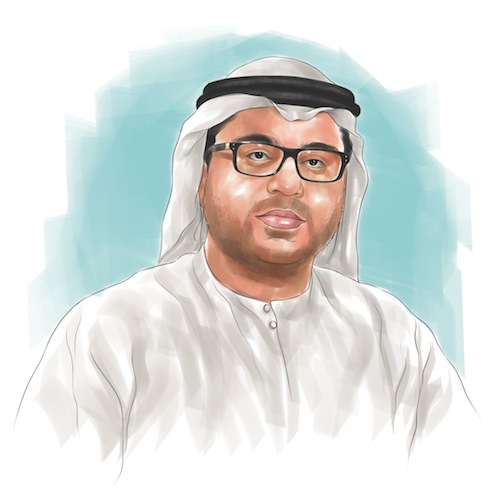CEO Predictions 2015: Marwan Abedin, CEO, Dubai Healthcare City
The UAE’s healthcare sector needs to address the shortage of local talent, writes Abedin.

Can healthcare systems move fast enough to keep up with the changes? An often-used analogy is based on Lewis Carroll’s ‘Through the Looking Glass’ in which Alice finds herself running and regardless of how quickly she runs, her surroundings move with her. Several healthcare systems face the same situation.
The UAE’s healthcare sector I believe isn’t suffering from the same. It has been able to keep the same pace – so to speak – as its moving surroundings. In 2014, these surroundings are attributed to increased population, robust infrastructure, the growing prevalence of lifestyle diseases and an increased flow of tourists.
To take the analogy further, unlike the situation described in Carroll’s book, the UAE’s healthcare system has doubled its speed to take onboard policy-level changes like mandatory insurance and improved healthcare delivery aimed at wellness and preventive care.
On our turf, we are proud to talk about Dubai Healthcare City’s (DHCC) growth, reflected by the number of patient visits. In the first half of 2014, patient visits to DHCC crossed 600,000, suggesting 20 per cent annual growth in visits, up from a million recorded in 2013. We expect that figure to be around 1.2 million in our full year review.
We also witnessed growth through the addition of new specialties and expansion of existing partners. DHCC attracted nine new medical institutions in the first half of the year including Serenity Clinic Fetal Maternal Care and Al Khayal Medical Centre.
Five existing medical institutions expanded their presence including Cochlear Middle East, the American Spine Centre and Mediclinic City Hospital.
Our focus for the year ahead like previous years will be to ensure a sustainable business model.
Towards sustainability, we focus on strengthening our medical education portfolio and forging strategic partnerships. Medical education is the nexus between the sector’s development and healthcare delivery.
Looking ahead, I envisage 2015 to be a year that will interpret the five Ps of healthcare development.
PATIENTS: A formidable challenge for the UAE is to reverse the outbound medical tourism trend. DHCC is improving healthcare provision for residents and overseas patients who need specialist care.
As of December 2014, DHCC is home to more than 130 medical facilities including JCI-accredited hospitals, outpatient medical centres and diagnostic laboratories with more than 4,500 licensed professionals across 90 specialties.
Of a million plus patient visits recorded last year, 15 per cent of patients were medical tourists. We hope to push this figure higher through our affiliations with global medical tourism facilitators and through collaborative efforts with our stakeholders in the government.
PEOPLE: We need to address the shortage of local healthcare talent in both the nursing and physician professions. Towards education and research, our dedicated academic complex the Mohammed Bin Rashid Academic Medical Centre is building capacity and advancing medical education in the region.
PRODUCT: Healthcare services can be compared to a product. To be competitive, it must stay relevant to meet market demands. In other words, innovation to improve healthcare delivery. We achieve this through strategic partnerships.
PRICE: We expect the phased implementation of mandatory health insurance in Dubai and the regulation of healthcare insurance premiums to ensure market stability and sustainability.
POLICY: When healthcare is no longer confined to geographical borders, a healthcare system has to meet the challenges of policy and regulation. Factors of accreditation, medical visas, and follow- up care, among others are all crucial.
Observably, I am confident that 2015 will be a year of elevated growth for the UAE healthcare sector.
